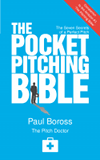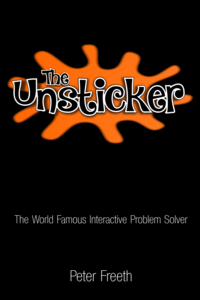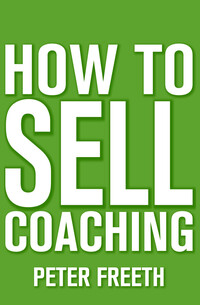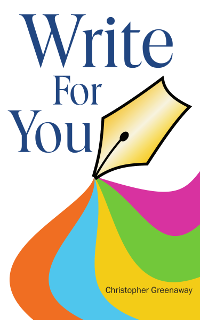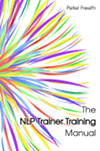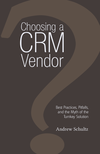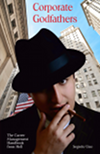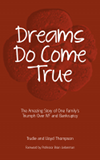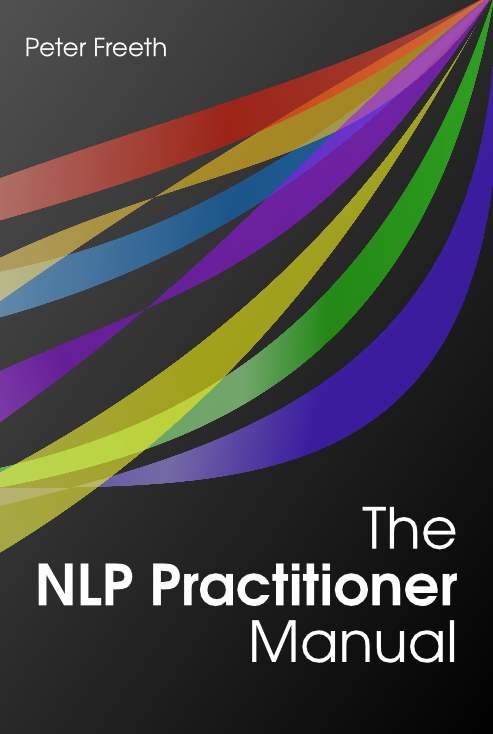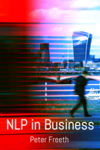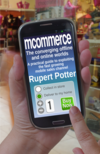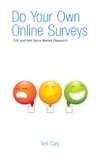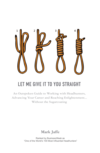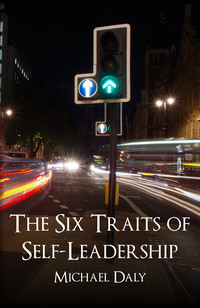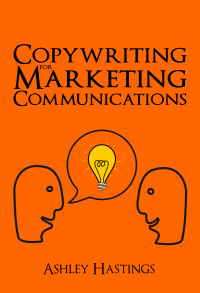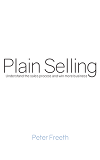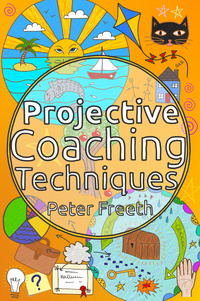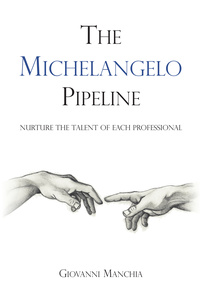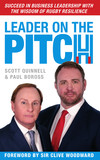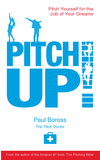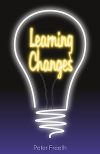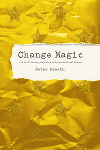Copyright is a legal principle that protects the value of your creativity.
If your business was, say, making jewellery, how would you feel if someone walked into your studio and took all of your stock? You invested your money in raw materials, you invested your time in making the jewellery and you invested your creativity in the designs. How would you feel about someone taking that and giving you nothing in return?
On the other hand, how would you feel about someone coming in to your studio and buying some pieces that you had made?
And finally, how would you feel about someone coming in and saying, “These are wonderful, I’d like to sell them in my shop. I propose to pay you 50% of what you have priced them at, and in return I’ll buy 20 pieces a month from you”?
In this example, you’re trading a reduced price for guaranteed sales. You’re not giving something away for nothing.
When you have a physical, tangible product, it’s easy to see how you would protect its value and ensure you’re properly compensated when someone else wants to enjoy it. When a customer wants to enjoy your jewellery for five minutes, looking in your shop window, there’s no charge. When they want to enjoy it for life, they pay you a fair price for that enjoyment.
If they took your work and copied it for their friends, their friends would be able to enjoy it and you would get nothing in return.
When you’re copying music and films, it’s easy to see the big studios as ‘greedy’, but when you are the copyright holder for your own work, you can see more clearly the value of your creativity and why that is worth protecting.
This principle is absolutely central to the idea of copyright and royalty payments. Someone is paying you for the right to enjoy your creative work, as and when they want to.
Copyright is automatic in all written work. However, that doesn’t make it easy to prove if you ever have to.
You cannot copyright an idea, as this would give you a monopoly, so copyright only covers the expression of an idea. If we take the idea of ‘Boy meets girl, they fall in love, it ends in tears’ then ‘Romeo and Juliet’ and ‘Love Story’ are each different expressions of this idea and each has a copyright that belongs to its author.
As an author, the most important thing you have is copyright, so you must make sure you understand the implications of signing away your right to copyright.
No publisher should ever ask for copyright ownership of your work, the publisher merely licences the right to produce copies of your work. In other words, the author is the only person who is legally permitted to make copies of his or her original work.
The author may allow other people to make copies under certain circumstances, for example:
-
A publisher wishes to sell the book
-
A training company wishes to use some of the author’s material in their training notes
-
A company wishes to use some of the author’s poems on a calendar
-
A charity wishes to use the author’s work to inspire their volunteers
-
A school wishes to use the author’s work in one of their lessons
Some authors feel flattered when someone wants to use their copyrighted material, and they give it away for free, just because someone likes it and wants to use it. If someone wants to use your copyrighted material, it’s because they value it and if they value it, they need to give you something of value in return. That doesn’t always mean that they have to pay for it, there may be other things that you are prepared to trade.
The most important thing is to ensure that your copyright is protected, so as a minimum, you would expect anyone using your material to always show your copyright statement along with your original work.
It is entirely up to the author to decide what the terms of a copyright licence will be, but it is always a good idea to have some kind of licence contract in place. As a minimum, the author should send an email or letter with a statement like this:
“I hereby grant St Fred’s School a non-exclusive licence to make copies of pages 1 through 12 of my book, “How to start your own business” for the sole purpose of using my material in your school lessons. You are not permitted to distribute copies of this material outside of St Fred’s School. This copyright licence is granted on 1st January 2010 and expires on 31st December 2020. No payment is required for this licence on the condition that my original copyright notice appears on all copies made. By making copies of my material you implicitly agree to these terms.”
If you do want to charge for the licence, you need to specify what licence fee is payable. For example, you might charge a one-off payment, or you might charge per copy made.
What you’re basically saying is that the person you’re granting a licence to keeps the copies to themselves and protects your copyright.
No-one in their right mind would have a problem with this, because they would recognise the hard work and creativity that has gone into your copyrighted material. After all, that’s exactly why they want to copy it!
It’s worth considering any request to use your material, because that increases your visibility, gives you something to tell other people about and also brings new marketing ideas that you can use yourself.
Royalties
When an author licences his or her copyright to a publisher, the publisher pays the author for the use of that licence. This payment is known as a royalty.
You may have heard of authors receiving an ‘advance’. This is simply an advance payment of royalties, so the author receives their royalty percentage as a single, up front payment. The publisher is making the payment against anticipated book sales, and so the publisher often reduces this risk by capping the author’s royalty payment. If the book sells more copies than the original advance was based on, the author often receives no further payments.
A publisher only buys the rights to publish a book, so copyright still rests with the author. The copyright makes it illegal for anyone to produce copies of the book. Essentially, copyright is the right to copy. This is not restricted to producing copies for sale, so someone who photocopies a page of your book for sharing with their family is breaking copyright law as much as someone who is selling illegally produced copies of your book.
When an author licences the publishing rights to a publisher, they form a contract which covers where the book may be sold and what the payment to the author will be. Traditional publishers expect to pay the author about 5 to 10% of the cover price of the book in royalties, depending on the author’s reputation, which will help to increase book sales.
Royalties can either be paid on the cover price of the book, or on the proceeds from the sale of the book minus production and distribution costs, known as ‘net’.
The traditional publisher has such a high cost of production and sale that there isn’t much left over for the author, however they expect high sales volumes to make up for that.
The publisher pays for marketing out of the profits from book sales. In reality, they are using your book to market their publishing business. By launching new books regularly, they have a reason to announce something new to the press.
Most businesses have to advertise because they aren’t doing something newsworthy. Publishers can get their new releases into the literature section of a newspaper, they can send books for review to magazines, they can send press releases, they can put the author on the radio and TV. The author’s work is a marketing event for the publisher and it means that they don’t have to advertise their general services in the way that most businesses have to.
If the author publishes the book themselves, they might expect to see the printing cost being only 20% of the cover price of the book, so it appears that they are making 80% profit. However, this doesn’t account for the cost of distributing the book or the marketing costs that are necessary to get readers to buy the book.
When you add the costs of postage and packaging, marketing and the author’s time, the profit on a book might be only 50%, which means that the author has to sell many times more books through a traditional publisher to make the same profit.
The author will generally give copies away and sell copies at discounted prices, so the actual profits are even lower. A publisher gives the author more opportunity to market the book, reach a larger audience and sell more copies.
Everyone who is involved in the publishing of a book gets paid for a different part of that process.
- The author gets paid for their creativity and for their time and skill in expressing that creativity.
- The retailer gets paid for bringing customers into their shop to buy whatever products they can make a profit from.
- The wholesaler makes a profit by buying in bulk from a manufacturer and holding stock on behalf of retailers.
- The printer turns the raw materials of paper and ink into a finished book.
- The publisher takes the author’s raw work, turns it into a form suitable for printing and helps to market the book so that it becomes successful.






